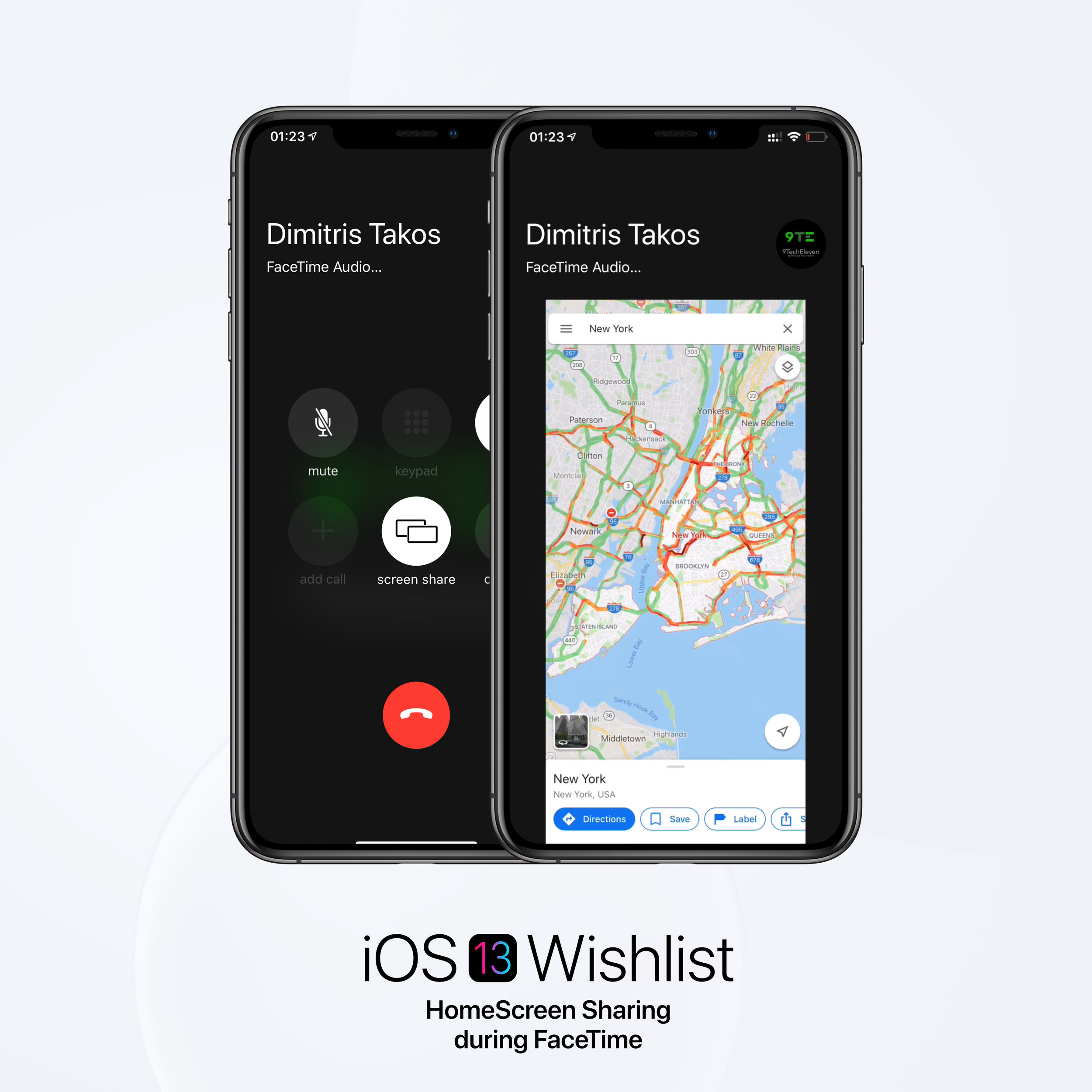Will iOS 13 be the Weak Point of iPhone XI?
June 3, 2019 San Jose, California.
Apple Worldwide Developers Conference 2019 aka WWDC19. During the opening keynote on the 3rd of June, Apple will traditionally present the upcoming versions of its most successful operating systems, meaning MacOS 10.15, WatchOS 6 and tvOS 13.
Did we forget something? Yes, indeed. iOS 13. Each upcoming version of Apple’s iPhone operating system becomes one of the most overhyped topics among the Apple fanbase along with the rumours and leaks about the next iPhone lineup.
Every new iOS version includes several optimisations, bug fixes, becomes ready to support new hardware technologies like Bluetooth 5.0 and of course tries to satisfy the appetite of Apple’s fans for what else? New features.
Traditionally newer iOS versions were enhanced with a number of new features for all supported devices, but there were always new features reserved exclusively for the latest and greatest iPhones. These are the ones that are not usually launched or even announced at the time Apple announces the upcoming iOS. This year iOS 13 will be announced during WWDC19.
However, we’ve been living in the leak era and most of Apple’s upcoming Phone designs and iOS plans are either leaked or included in reports coming from several reliable sources. Moreover, these leaks are coming months before Apple makes any official announcement.
“Apple seems to be following the same pattern as last year…Apple announced that iOS 12 would support a large number of Apple devices. Even iPhone 5S.”
This year is no exception. What do the leaks say?
Apple seems to be following the same pattern as last year. What happened last year? Apple announced that iOS 12 would support a large number of Apple devices. Even iPhone 5S, which was released 5 years ago. Apple’s engineering team focused on optimising iOS 12 which had to become a highly stable, smooth and fast operating system even for these older devices.
What did Apple eventually deliver? Just what it promised. The supported devices became faster, more responsive, smoother and in most cases more efficient than in iOS 11. Apple seemed to reserve almost nothing for their newly presented iPhone XS, XS Max and iPhone XR. This was a problem for those that bought these new iPhones.
This move came at a cost both for Apple and the Apple fans, that always want to carry the best iPhone in their pockets. Starting with the latter, Apple, indeed tried to be more inclusive and allow a large portion of its current iPhone users to enjoy the latest iOS version which also includes security updates.
“Apple engineers had to slow down and reserve much of their work for the next version of iOS”
The addition of new features means that iOS will be using more of each iPhone’s hardware resources including RAM and processing power. Needles to say, Apple engineers had to slow down and reserve much of their work for the next version of iOS; iOS 13 codenamed “Yukon” or even iOS 14 codenamed “Azul”. Apple’s focus on a wider range of iPhones is forcing the engineering teams to prioritise the arrival of new features in a way that compromises a) the performance of the operating system and b) the addition of new features that Apple’s clients desire.
But is this a burden for Apple? Until some time in 2018 it was not. Apple was doing great in terms of iPhone sales, the company hit the milestone of $1 Trillion market capitalisation and Apple’s revenue stream from its services was constantly on the rise. Apple just had to increase its installed iPhone customers, which would allow the tech giant to sell more of its services. An inclusive iOS was helpful for Apple. Who knows? Maybe, this was one of the reasons.
The challenge came with the introduction of the iPhone XS lineup. The true flagships were carrying over the design of the iPhone X (in steroids for the XS Max), while bringing almost no considerable new features apart from the vastly improved camera. Apple kept the same pricing pattern though. In fact, the 6.5 inch variant was a less affordable choice, since its price was even higher than that of the iPhone X. The iPhone XR which was widely criticised for its significantly lower quality display is the highest selling iPhone. The reason is simple, pricing.
We saw that even the addition of a more affordable choice, didn’t help Apple increase iPhone sales over the previous 12 months. The situation with the US government imposing more taxes to imported products and parts was also affecting Apple’s iPhone sales.
“If Apple apart from the highly anticipated Dark Mode maintains the aforementioned inclusive approach and supports some really old devices, older iPhone owners will have less reasons to upgrade to a 2019 released iPhone”
Going back to the leaks, we expect that Apple will continue using the same design language for its iPhone. The only design change will be the rear camera setup. This design is being highly criticised for being the ugliest thing ever happened to an iPhone. What about iOS 13? If Apple apart from the highly anticipated Dark Mode maintains the aforementioned inclusive approach and supports some really old devices, older iPhone owners will have less reasons to upgrade to a 2019 released iPhone. Especially when both the iPhone X, 8, 8 Plus and 2019 models remain highly capable and fast.
“Basically, Apple holds back new features simply because not all iOS 12 or 13 supported devices can run these”
Should Apple ditch support for older devices? Difficult question to answer. Apple’s ideal approach would be supporting older devices with security updates and patches while adding more features to the newer, more capable iPhones.
What would you do if you had an iPhone XS that will fully support iOS 13 and the new iPhone keeps the same design with the addition of a third lens?





